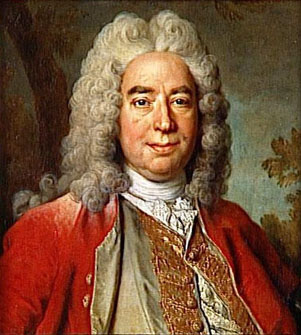| Philippe Destouches  AKA Philippe Néricault Destouches AKA Philippe Néricault Destouches
Born: 9-Apr-1680
Birthplace: Tours, France
Died: 4-Jul-1754
Location of death: Fortoiseau, France
Cause of death: unspecified
Gender: Male
Race or Ethnicity: White
Occupation: Playwright Nationality: France
Executive summary: Le Glorieux French dramatist, whose real name was Néricault, was born at Tours in April 1680. When he was nineteen years of age he became secretary to M. de Puysieux, the French ambassador in Switzerland. In 1716 he was attached to the French embassy in London, where he remained for six years under the abbé Dubois. He contracted with a Lancashire lady, Dorothea Johnston, a marriage which was not avowed for some years. He drew a picture later of his own domestic circumstances in Le Philosophe marié (1726). On his return to France (1723) he was elected to the Academy, and in 1727 he acquired considerable estates, the possession of which conferred the privileges of nobility. He spent his later years at his château of Fortoiseau near Melun, dying on the 4th of July 1754. His early comedies were: Le Curieux Impertinent (1710), L'Ingrat (1712), L'Irrésolu (1713) and Le Médisant (1715). The best of these is L'Irrsolu, in which Dorante, after hesitating throughout the play between Julie and Célimène, marries Julie, but concludes the play with the reflection: "J'aurais mieux fait, je crois, d'épouser Célimène."
After eleven years of diplomatic service Destouches returned to the stage with the Philosophe marié (1727), followed in 1732 by his masterpiece Le Glorieux, a picture of the struggle then beginning between the old nobility and the wealthy parvenus who found their opportunity in the poverty of France. Destouches wished to revive the comedy of character as understood by Molière, but he thought it desirable that the moral should be directly expressed. This moralizing tendency spoilt his later comedies. Among them may be mentioned: Le Tambour nocturne (1736), La Force du naturel (1750) and Le Dissipateur (1736). His works were issued in collected form in 1755, 1757, 1811 and, in a limited edition of six volumes, 1822.
Do you know something we don't?
Submit a correction or make a comment about this profile
Copyright ©2019 Soylent Communications
|